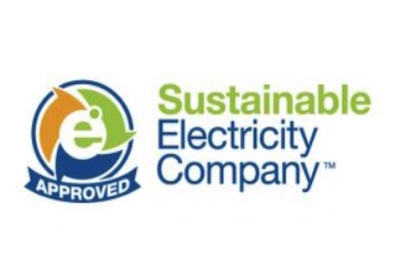FortisBC Rebates Trail for Energy-saving Streetlight Upgrade — in Advance

May 18, 2018
FortisBC has issued a cheque for $44,660 to cover the costs, in advance, of completing the city’s second phase of street lighting upgrades, reports Sheri Regnier in the Trail Times.
“To make this process a little easier, we are now doing rebates at the time of purchase,” says Doug Lamminen, a technical advisor from FortisBC’s Conservation and Energy Management team. “Which means that you get your money upfront so it will help reduce your start up costs for the project.” So far, the city has earned $67,000 in rebates from FortisBC.
The city budgeted for the replacement of 1,200 high pressure sodium bulbs with LEDs over several phases, as part of funding the cost in more than one budget year. Each 75W LED cobra head costs $209, writes Regnier. As part of the retrofit, a photocell/node is installed on top of the cobra head to allow for the light to be programmed. That component costs $156, so each LED streetlight with photocell/node is $365. The final 600 LEDs will be installed this year.
“Switching to LEDs reduces each streetlight’s energy consumption by half,” explains Lamminen. “And Trail is going a step further by installing smart lighting technology that dims slightly as the night progresses to achieve even greater savings.”
A $43,000 installation contract to install 300 LEDs has been awarded to Power Tech Electric Ltd. The City of Trail has committed to finishing this second and final phase by the end of November.
The upgrade is expected to reduce energy use by about 500,000 kilowatt hours (kWh) annually — the equivalent of powering 44 average homes for a year — and generate annual savings of $93,000.
Over the last three years, FortisBC has helped reduce the energy used by streetlights by 1.5 million kWh. This and other projects will quadruple these savings by 2020, bringing the total expected energy savings to 6.3 million kWh annually, or the equivalent of powering more than 430 average homes annually.
Photo: a cobra head LED being installed in BCIT’s Burnaby campus. Source: BCIT, https://commons.bcit.ca/factorfour/2013/04/15/cobra-led-street-lights/










![Guide to the Canadian Electrical Code, Part 1[i], 26th Edition – A Road Map: Section 10 – Grounding and Bonding](https://electricalindustry.ca/wp-content/uploads/2022/11/Guide-CE-Code-2.png)





